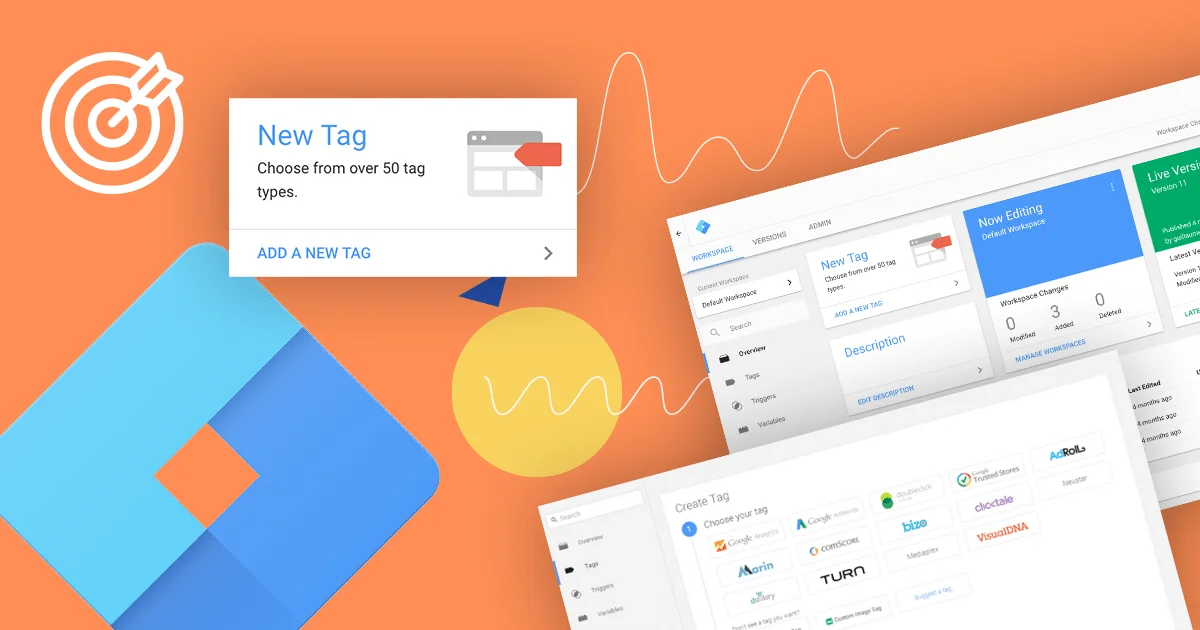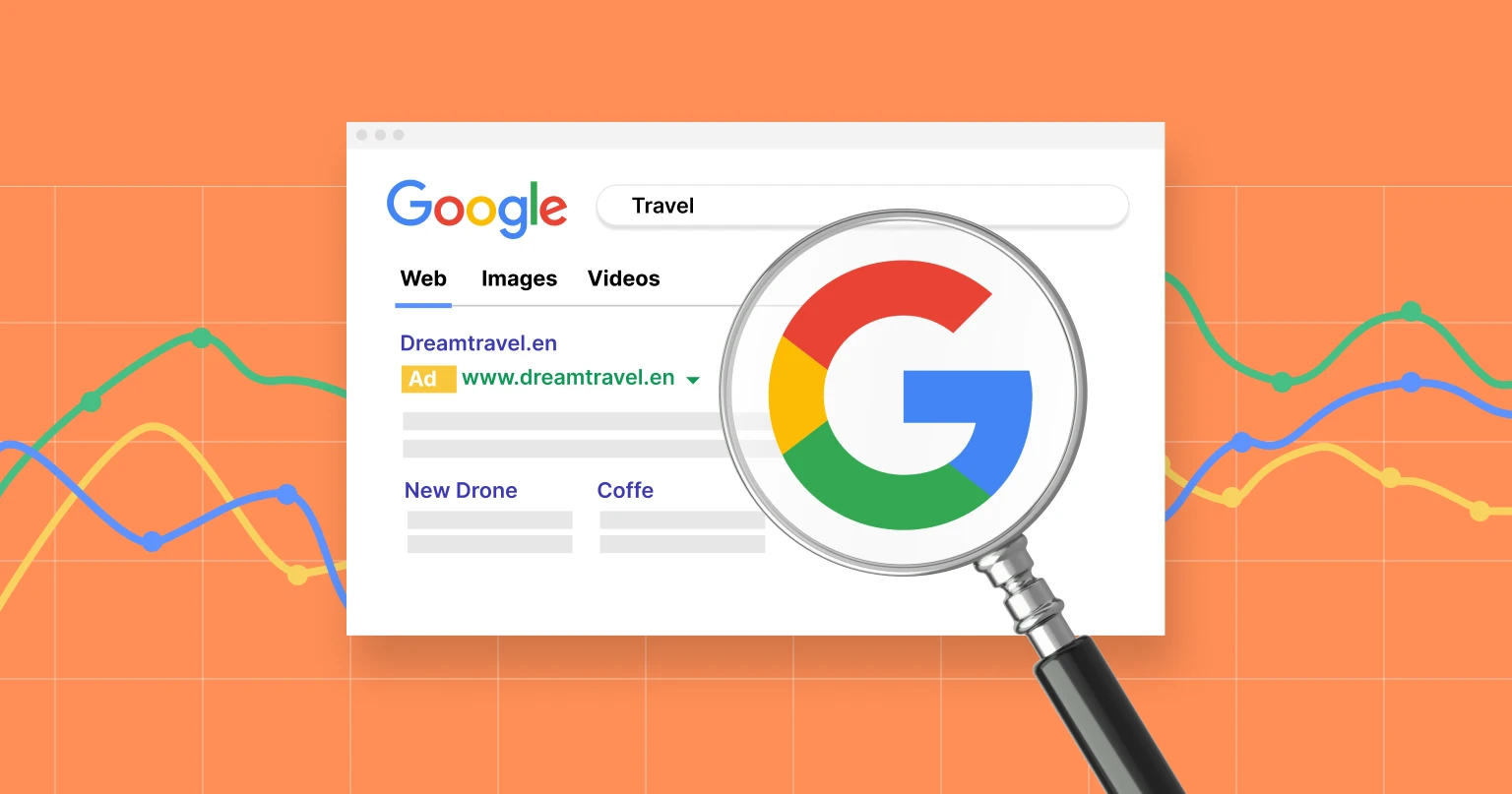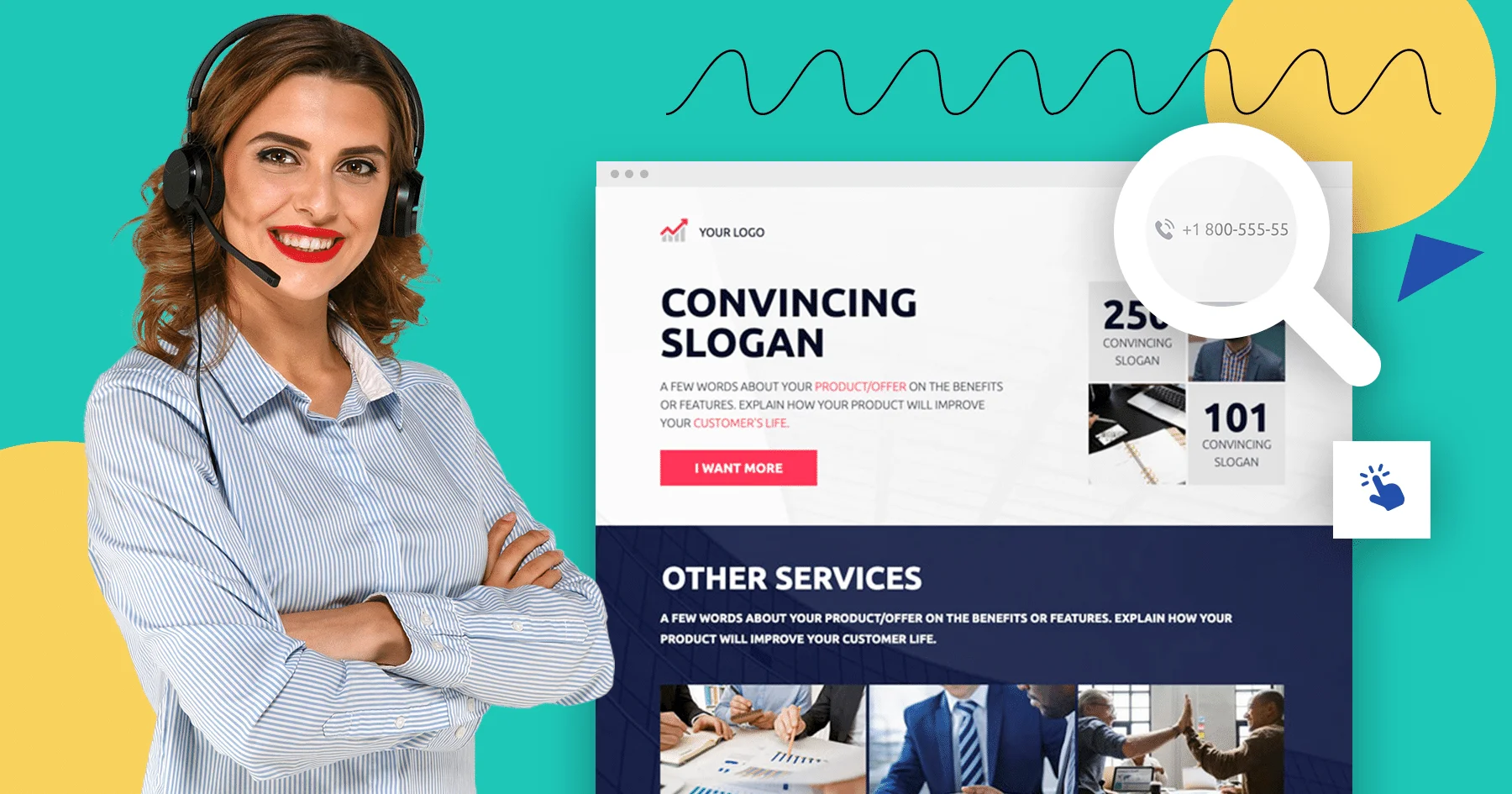What is remarketing exactly?
Remarketing is a way of showing targeted ads to visitors who have already been to your website (or even taken action). I’m sure you recognize it from everyday situations. You’re browsing for shoes, washers, jewellery or holidays, and after some time you leave the website and… BOOM! Wherever you go, there are ads. New shoes, super functional washers, shiny jewellery and unforgettable vacations. Sometimes you just feel that it’s simply too much, especially if you’re not using adblock software.
Like it or not, ads are (and always will be) out there. On the streets, on TV, in the papers. But no other place customizes them for you besides the internet. Our computers and mobile devices are the only places where we can block ads, but – ironically – maybe this is where we should keep them!
Many brands use remarketing in an annoying way. From a user’s point of view, their actions look random and it seems there’s no bigger plan or tactic in it. But there are also companies that use remarketing effectively – to make people want a product and love a brand more.
In this article, you’ll read about some remarketing (or retargeting) best practices. Learn how to do it!
Speak with remarketing ads
When I speak to customers about Google remarketing (or any other type), it seems like they perceive this kind of marketing campaign as almost the same as spam, evil incarnate!
That’s totally understandable, given that every single day internet users have to deal with an actual blizzard of ads, and one misclick can cause an ad-valanche.
But, apart from that, I would like to change your perspective by giving you the key to understanding remarketing in general.
You should know the difference between remarketing and retargeting – although those two terms are sometimes used interchangeably, their meaning is different. Retargeting is based on cookies (files left by visitors on your website), and its goal is to redirect (retarget) users back to your landing page (or to some other site of your choosing) while remarketing usually refers to email marketing. It means that, if you want to use remarketing effectively, you need to gather some data, create email lists, and then try to reach out further.
Let’s think about it as a way to communicate with audience – specific users who have visited your landing page before, and done something significant, like spending more than a minute on a website, scrolling down to a specific spot, or filling in a form. Think about what you can do for them, keeping in mind that they may eventually become your customers. What do you want to show or tell them to convince them to use your offer?
One of the best remarketing practices is offering an added value. For example:
- a limited edition of your product or service
- a special offer (i.e. just now, buy one – get one) or a discount
- a substantive value (a guide, video manual)
- an up-sell offer
Sometimes your page lacks conversions simply because of too high a price for your product, or because visitors don’t know enough about it. But if you prepare special offers only for them, you’ll get even more than the possibility to increase conversions on a landing page – you’ll get information that this particular marketing creation has helped in customer acquisition.
And when a recipient sees a special offer in such ads, he’ll feel better knowing that it was created for him.

The good, the bad and the accurate – what’s your marketing?
Give your potential customers a substantive value. Though you can’t really include every bit of information about your product or service on a landing page, giving some is a must. Not every visitor will need detailed information, but sometimes a clear list of benefits can be the deciding factor.
It also depends on how “complicated” your product is. If you sell something people already know, like furniture or smartphones, you don’t need to unveil some big secret on a landing page. Pick three or four key features and that should suffice. But if you’re launching an innovative product, then it has to be described properly.
Another great way to use remarketing is to educate your visitors (and potential clients). Imagine that I’m already your customer or I am on track to become one shortly. Besides offering your products or services, you run a blog to educate and inspire people. So while creating a retargeting strategy for future campaigns, maybe you should consider including an invitation to read some blog posts?
It should work out – for example – in a situation where a user visited your landing page three days ago, and today you publish a new post on your blog. Send him a remarketing ad that leads to the blog. Thanks to that, he’ll not only learn about your product, but he’ll also get some context. A recipient will get relevant info instead of being spammed with the same offer over and over again.
That’s not all! Remarketing can also be used along with email marketing campaigns. In this case, you need to prepare a newsletter (or, better yet, implement a whole email marketing system). It’s simple: a recipient gets an invitation for a newsletter signup. He or she may go for it for various reasons. Maybe they’ll find some industry news there? Or maybe you’ve prepared a welcome offer for new subscribers?
You need to decide what benefit is there for your potential clients, and you need to convey that clearly, because you may kill two birds with one stone – acquire a valuable lead and (in the long run) a customer.
Come to the converting side
Those examples can be an inspiration for you. Remember that the most valuable customer is the one that identifies with a brand, company or product. Remarketing is merely one of the available ways to help you acquire such customers. You decide which remarketing side you’re on.
Oh, and one more thing: good remarketing should be like whispering into someone’s ear, not like shouting at a crowd. Speak directly to your customer’s ear – that’s way more effective, if done right, than sending the same ad to everyone with no real strategy.
If you’re looking for a way to drive traffic from your retargeting and remarketing campaigns, the answer is a landing page. It’s the perfect solution for one-shot offers as well as for longer campaigns. And you can create it yourself with zero knowledge!








